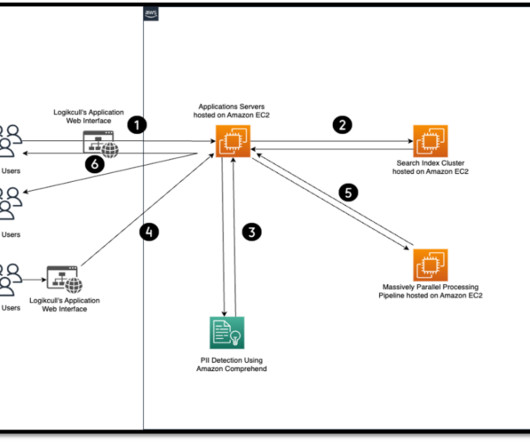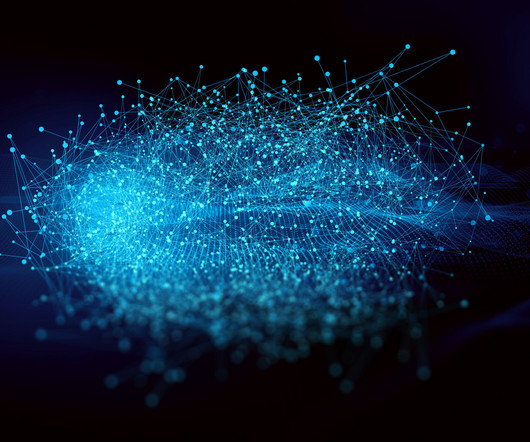It’s time to shelve unused data
Dataconomy
SEPTEMBER 22, 2023
Artificial intelligence (AI) can be used to automate and optimize the data archiving process. There are several ways to use AI for data archiving. This process can help organizations identify which data should be archived and how it should be categorized, making it easier to search, retrieve, and manage the data.













Let's personalize your content